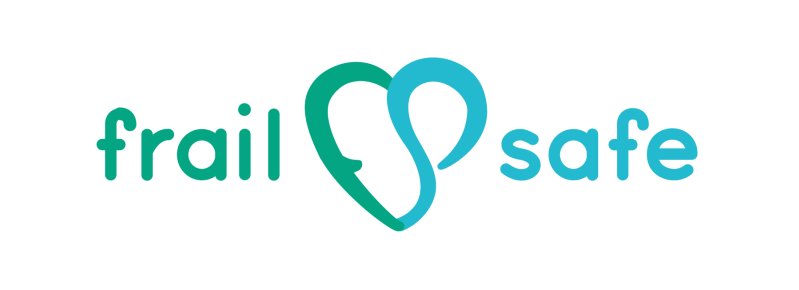Frailty is one of the most challenging age-associated conditions. Hence, it has aroused considerable research attention over the past few years. The term describes a clinical syndrome presented in older adults with progressive loss of their functional reserve, increased vulnerability and decreased resilience to stressors, leading to a series of adverse outcomes, such as falls, fractures, hospitalizations, cognitive decline, and, even death (Morley et al, 2013).
Despite the consensus in defining frailty, its manifestations and clinical symptoms, the syndrome still remains underdiagnosed. Frailty’s linkage to a variety of parameters (dietary, psychological, physiological, social, etc.) combined with the absence of acute, objective measures and sensitive instruments pose many challenges in its early diagnosis (Wou et al, 2013). However, considering that the syndrome has a significant impact on individuals’ quality of life, as well as, multifaceted medical, social, financial and public health implications, it is an imperative to develop better ways to detect the symptoms in their early onset, when the disease is most reversible and manageable.
The EU FrailSafe project, launched in 2016, is an ongoing, longitudinal study, which explores an innovative solution to detect, quantify, manage and prevent frailty. EU FrailSafe offers an integrated paradigm employing both clinical and technical data sources and real-time processing of that data via an online platform offering individualized feedback to the patient. Specifically, in EU FrailSafe, an individualized, integrated Virtual Patient Model (VPM) is created, in which the clinician can enter a wide range of clinical data, such as patient’s medical history, cognitive status, self-care ability, balance and gait functionality, grip strength, sensory system performance, nutritional status, living conditions, social life, leisure activities and other parameters, which are obtained through questionnaires, standardized scales and cumulative indices. In addition, using technological instruments, such as wearable technology, smartphones, tablets with serious games, accelerometers, gyroscopes, pedometers, GPS and other devices, the VPM is actively fed with physiological data, such as patient’s body weight, body fat, blood pressure, pulse wave velocity, heart and respiratory rate, physical strength and activity, postural and movement information, indoors and outdoors localization and cognitive performance. In a nutshell, EU FrailSafe promotes an integrated system to empirically assess and manage frailty based on a variety of dynamic parameters and provide real-time targeted suggestions to the individuals, their caregivers and healthcare professionals. The goal of the system is the multimodal approach of frailty to better understand and describe the syndrome, explore its causal relations with other comorbidities and define the predictive factors which lead to the progression of the disease.
From a healthcare perspective EU FrailSafe system has many benefits. Firstly, the early detection of frailty is a key in the prevention and management of the syndrome. Also, as deterioration can be detected early on, the costs of acute treatments for falls, fractures and hospitalizations can be reduced drastically. Furthermore, EU FrailSafe system promotes mobility, engagement and cognitive training keeping older adults active and technologically competent, increases autonomy and limits dependence on caregivers. Through a multilevel approach, EU FrailSafe can, also, prevent social isolation by detecting differentiations in patient’s social patterns. In addition, the system offers assistance to caregivers and family members in managing and monitoring the patient’s health care status, limiting their burden, as well as, a way for efficient and real-time monitoring for the healthcare professionals. Finally, EU FrailSafe system takes place in the patient’s environment, is adaptable to everyday life and the collected data are protected and encrypted. This allows EU FrailSafe project to improve older adults’ quality of life and the quality of healthcare services, in a cost-effective and age-friendly manner.
References
Morley, J. E., Vellas, B., Van Kan, G. A., Anker, S. D., Bauer, J. M., Bernabei, R., ... & Fried, L. P. (2013). Frailty consensus: a call to action. Journal of the American Medical Directors Association, 14(6), 392-397.
Wou, F., Gladman, J. R., Bradshaw, L., Franklin, M., Edmans, J., & Conroy, S. P. (2013). The predictive properties of frailty-rating scales in the acute medical unit. Age and ageing, 42(6), 776-781.

